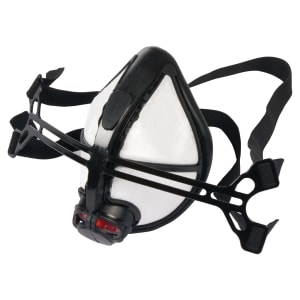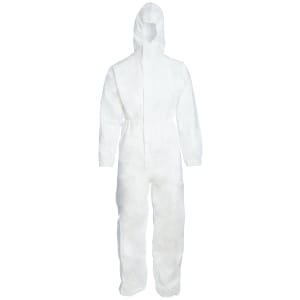Should you remove or cover over Artex ceilings and why can they be a cause for concern?
Not sure how to tackle your Artex ceilings? Find out the best ways of dealing with this dated design decor that could also be hiding a hazard
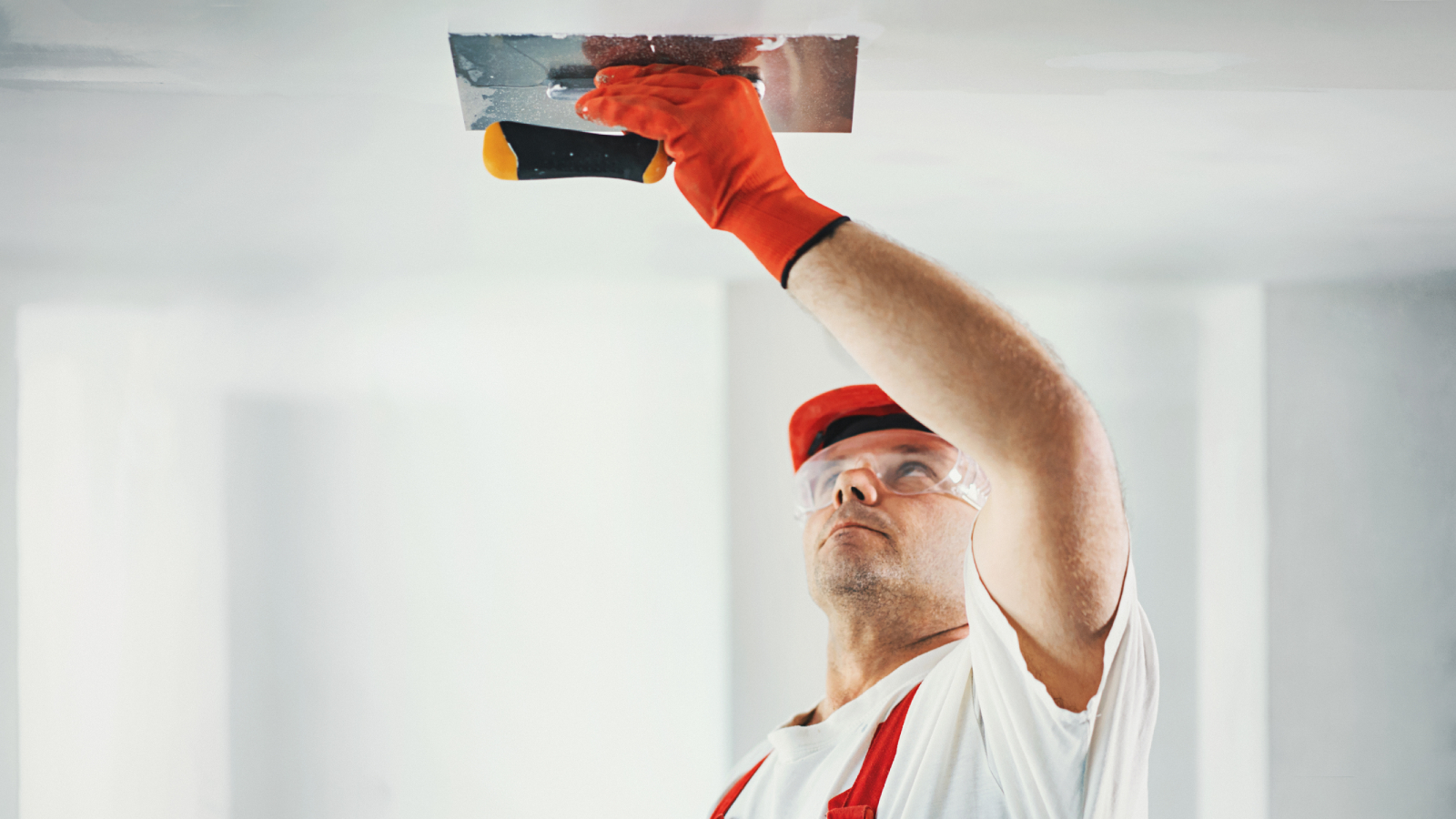
While Artex ceilings were once the height of fashion, it's become more common in recent years to see smooth painted or even wallpapered ceilings take centre stage in our homes.
But, as a type of ceiling that was once very popular, it's not uncommon to still find Artex ceilings when buying a home to renovate or extend. Or, perhaps you've only recently discovered it could contain a hidden hazard, meaning it's definitely time for it to go.
The question is, should you remove it or cover it, and do you need to call in the professionals or can you tackle it yourself? We asked the experts how to take a ceiling from swirls and stipples to super smooth and here's what they recommend.
What is an artex ceiling?
Artex is a type of plaster that essentially provides a textured coating to the surface it's applied to. It was commonly used on ceilings, most recently in the 80's, and while the name now tends to be used to generically describe the type of finish it could achieve, there are other similar products that did, and still do the same.
Unlike smooth plaster ceilings, Artex was designed to be applied in a way that allowed the plasterer or decorator to create texture and pattern to it. Common designs included stipples, swirls, fans and shells or simply just an all-over 'bobbly' finish.
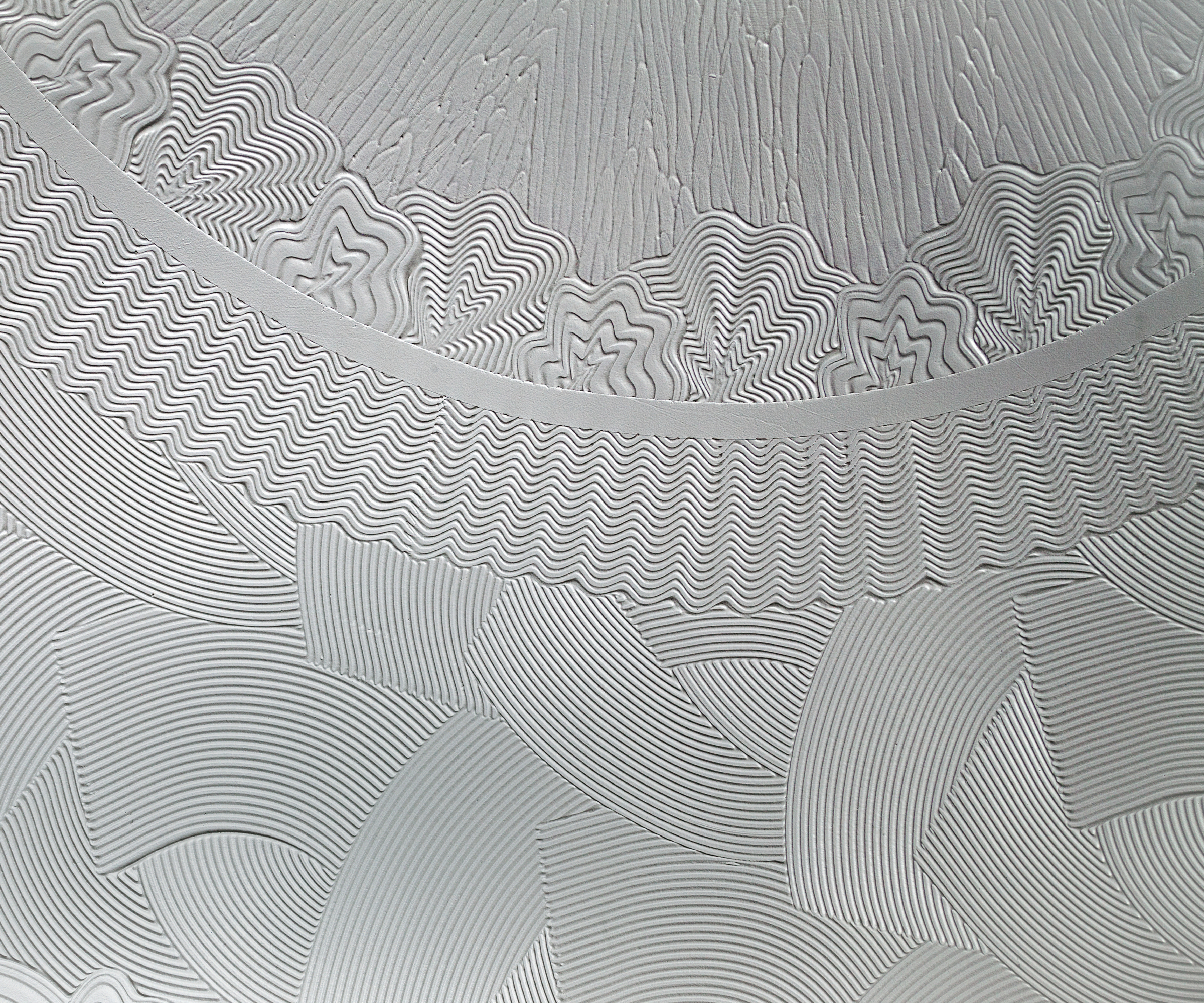
Artex ceilings and asbestos
One of the reasons you need to ensure the safe removal of Artex, is that Artex used to contain asbestos.
"The first thing you need to check when deciding if you will remove or cover your Artex ceilings, is that it doesn’t contain asbestos," says Steve Jenkins, Homebuilding & Renovating's DIY expert. "Artex stopped containing asbestos back in the 1980s/90s, but, if your Artex is over 40 years old it could well contain asbestos. If this is the case we suggest you call in a professional to sort it out for you," he advises.
"Artex, Marblecoat, Newtex, Pebblecoat were some of the trade names for what we in the industry refer to as a ‘textured coating’ that used to contain asbestos and were used on ceilings and walls," explains Greg Byrne director at RB Asbestos Consultants.
"The asbestos would be present as a binding strengthening material within the textured coating with varying amounts up to 3%," continues Greg.
However, the use of asbestos within Artex has now been stopped. "Most manufacturers stopped the use of asbestos (generally Chrysotile ‘white’ asbestos) within their products around 1983," confirms Greg.
"There can be no guarantee however that other textured coating products were not left over from that time or imported from other countries. The only safe approach is to have the material tested. All asbestos use was banned in the UK in August 1999," notes Greg.

Steve is Homebuilding's resident DIY expert with over 20 years of experience in transforming and renovating homes. He specialises in painting and decorating, but has a wide range of skills gleaned from working in the building trade.
Greg Byrne works at RB Asbestos, an asbestos compliance service and has over 30 years of experience helping deal with asbestos legislation in properties.
Removing artex
Most homeowners choose to get rid of Artex ceilings, either by having them removed or by covering them up.
Unlike when repairing old ceilings covered with other types of plaster, the main issue with removing Artex is, as mentioned, the potential presence of asbestos. While the ceiling remains intact and undisturbed, the asbestos poses no health threats, however once the asbestos fibres are tampered with or if the Artex becomes damaged, they can prove deadly.
For this reason, it is vital that you call in the professionals to ascertain whether or not your Artex contains asbestos before trying to do anything on a DIY basis.
One of most common ways to remove Artex containing asbestos is to use a water-based product designed to dampen the Artex so that any potentially hazardous fibres and dust won't be released when the coating is scraped away. A particularly popular product is Eco Solutions X-Tex® Working Wet System.
These kinds of products are painted onto the Artex surface to soften it, allowing it to be scraped off easily without any asbestos fibres becoming airborne. The sodden Artex simply falls away and can be bundled up and taken to the nearest refuse site accepting asbestos.
However, if your Artex or other type of plaster coating doesn't contain asbestos, you may decide to remove it yourself.
"Steam and a sturdy wallpaper stripper tool like this Stanley Long Handle Scraper from Amazon are a good choice," recommends Steve Jenkins.
"You will need to start with a wallpaper steamer to soften the Artex, and this will take a while," he notes, "but once soft you can use the scraper to remove the Artex. Depending on the style of the Artex you can use the scraper to knock off all the high points and make it as smooth and level as possible," says Steve.
"Then, you can skim the ceiling or wall to finish. A chemical stripper is an option," agrees Steve, "but these can be messy, especially if working on a ceiling."
You could also sand it all away, although this causes a considerable amount of dust, which is why using a wallpaper steamer is a better option, dampening the plaster and causing it to fall away.
"Don't forget you'll need a mask, overalls and goggles, and maybe gloves and a hat as well," adds Steve, "as it's typically a messy job."
Tools and kit for removing Artex ceilings
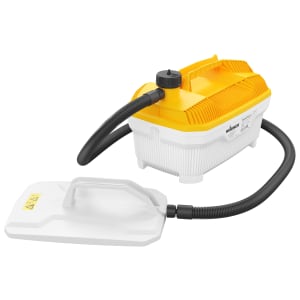
Designed to ensure that the external temperature remains low, making it safer to use than traditional steamers
Covering over Artex
Some people choose to leave their Artex well alone and have it skimmed by a plasterer instead. However, it is still advisable to get professional advice if the Artex is likely to contain asbestos.
Skimming is also only an option where the Artex is in sound condition, with no sections falling away.
Skimming Artex is a trickier job than skimming plasterboard or a smoother surface and it is recommended that if any of the Artex surface protrudes by 5-10mm, a bonding coat is applied before the skim coat is applied. The skim coat will usually need to be thicker than usual to take into account the textured finish.
"From speaking to plasterers, they don’t particularly like skimming over Artex as the bond between the skim and the Artex can fail over time," says Greg Byrne. "Particularly on ground floor ceilings where there is a bedroom above, as the floor movement can make the skim coating fail more quickly."
Steve Jenkins' top tip for dealing with Artex ceilings? "If you want an easy solution, don’t bother removing it at all. Simply overboard with plasterboard and get it plastered. Alternatively, a cheaper DIY option is to use plywood and paint."
Wondering how to decorate your newly skimmed and smooth ceiling? Follow our expert advice for painting a ceiling, but check out the best painted ceiling ideas before you start.
Get the Homebuilding & Renovating Newsletter
Bring your dream home to life with expert advice, how to guides and design inspiration. Sign up for our newsletter and get two free tickets to a Homebuilding & Renovating Show near you.
Natasha was Homebuilding & Renovating’s Associate Content Editor and was a member of the Homebuilding team for over two decades. In her role on Homebuilding & Renovating she imparted her knowledge on a wide range of renovation topics, from window condensation to renovating bathrooms, to removing walls and adding an extension. She continues to write for Homebuilding on these topics, and more. An experienced journalist and renovation expert, she also writes for a number of other homes titles, including Homes & Gardens and Ideal Homes. Over the years Natasha has renovated and carried out a side extension to a Victorian terrace. She is currently living in the rural Edwardian cottage she renovated and extended on a largely DIY basis, living on site for the duration of the project.
